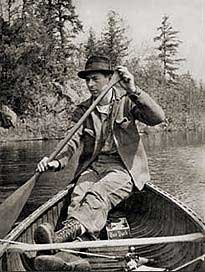Biography of Professor Willard
R. Zemlin
July 20, 1929 - December 21, 1998
Born in Two Harbors, Minnesota, Bill Zemlin's early careers included radio
and television repair, electronics, railroading, and serving with
the U.S. Army in Korea. He enrolled at the University of Minnesota
in 1953, and was introduced to the field of speech and hearing
science by his wife Eileen, a speech pathologist. With degrees
in experimental psychology, speech pathology, and speech science,
he joined the University of Illinois faculty in September, 1962,
retiring as professor emeritus in 1985. Dr. Zemlin was a man with intense interests. Foremost was his
profound fascination with the anatomy of speech and hearing. He
was driven to learn everything about it, and not satisfied with
what he could learn from books, he wanted to see for himself.
Thus, with the cooperation of U of I School of Basic Medical Sciences,
began his years spent in the dissection laboratory, meticulously
determining the construction and probable function of every structure--bone,
cartilage, muscle, tissue. In his lectures he often emphasized
the importance of variability--"We are as different on the
inside as we are on the outside."
For years, Dr. Zemlin, using two cameras, one with black and
white film, the other with slide film, took photos at key points
in the dissecting process. An avid photographer, he delved into
photographic techniques with his characteristic thoroughness,
developing and printing his photos in his darkroom laboratory
and also studying laryngeal behavior using a high-speed motion
picture camera. He not only supplied most of the photographs,
but also executed most of the line drawings needed for his textbook,
Speech and Hearing Science, Anatomy and Physiology, first published
in 1964, and for future editions in 1968,1981,1988, and 1998.
This classic was perhaps the most widely known, as well as the
longest used, textbook in the entire field.
Hundreds of students were challenged by topics from Aperiodic
vibrations to Zygomatic arches. Hundreds of publications, presentations,
theses and dissertations bear his name or influence. Hundreds
of examples of his sense of humor, stubborness, sensitivity and
sageness can be cited by those who worked or studied with him.
They also recall Dr. Zemlin's zest for learning, his passion for
music, and his love of the northwoods.
|



